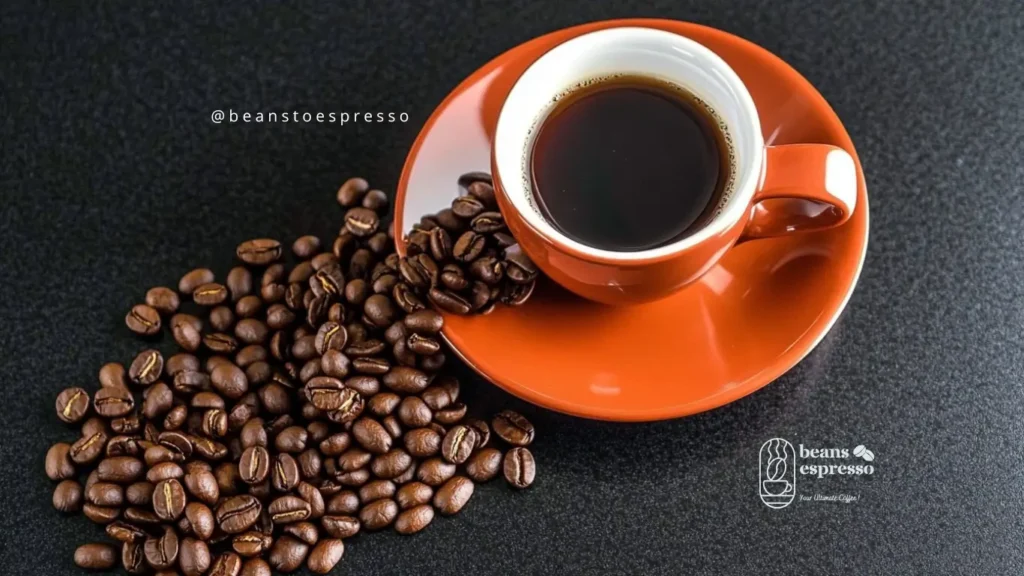From Beans to Espresso: What You Should Know
The journey from humble coffee beans to a perfectly crafted shot of espresso is as intricate as it is rewarding, filled with rich flavors, traditions, and techniques. For coffee lovers and budding baristas alike, understanding the artistry behind this transformation is both fascinating and essential.
Whether you’re a seasoned coffee connoisseur with a palate for the finest brews or someone curious about creating your own espresso masterpiece, this guide offers everything you need to embark on that journey. We’ll delve into the secrets of selecting the right espresso beans, explore the roasting and grinding processes, and provide insights into the science of extraction. Along the way, you’ll discover tips to master brewing techniques, maintain your equipment, and elevate your coffee experience to new heights.
Get ready to uncover the magic that turns simple beans into a shot of liquid perfection—a celebration of aroma, flavor, and craftsmanship. This is your ultimate guide to everything espresso!
What Are Espresso Beans ?
Many people mistakenly believe that espresso beans are a unique type of coffee bean, but they are simply darkly roasted beans crafted specifically for the intense, concentrated brewing method of espresso. Roasters design the dark roast profile to amplify bold flavors like chocolate and nuts while reducing acidity, creating the perfect complement to the creamy texture of espresso.
Key Takeaways:
- Arabica beans dominate espresso blends for their nuanced flavor.
- Robusta beans, often blended in smaller quantities, provide crema and a caffeine boost.
How Freshness Impacts Flavor
Freshness is crucial for espresso perfection. Experts recommend using beans roasted 7-21 days prior for optimal flavor and crema production. Beans too fresh (less than seven days) retain excess carbon dioxide, while older beans lose essential oils.
Storage Tips:
- Use an airtight container.
- Avoid exposure to light and moisture.
For an in-depth guide to coffee freshness, check out the Full Coffee Beans Guide.
The Role of Roast Levels – From Beans To Espresso
Dark roasts are the gold standard for espresso. Their reduced acidity and caramelized flavors effectively create a harmonious balance when brewed under high pressure. Conversely, medium roasts are steadily gaining traction among those who prefer a brighter shot.
Grinding and Brewing: Turning Beans into Espresso
The grind size is pivotal in the brewing process. A fine, consistent grind ensures the water extracts flavors evenly, leading to the ideal shot.
Steps to a Great Espresso Shot:
- Measure your beans accurately—approximately 18 grams for a double shot.
- Grind finely for proper water resistance.
- Tamp evenly to create uniform pressure.
- Brew at 9 bars of pressure for 25-30 seconds.
For equipment, explore the best espresso machines that suit your needs.
Myths About Espresso Beans
- “Espresso beans are special beans.”
You can technically use any coffee bean for espresso; the key differences come from the roast level and grind size. - “Espresso is overly caffeinated.”
Contrary to belief, espresso contains less caffeine per serving compared to a full cup of drip coffee.
FAQs
What’s the difference between espresso and regular coffee?
Brewing under high pressure creates a harmonious balance of reduced acidity and caramelized flavors. However, many coffee enthusiasts increasingly prefer medium roasts for their brighter shot profiles.
Can any coffee bean be used for espresso?
Yes, but dark roasts are preferred due to their balanced flavors and low acidity.
How many beans are in a single shot?
Approximately 50-60 beans, depending on size and grind.
Health Benefits of Espresso
Espresso is a powerhouse of antioxidants. A single shot boosts energy, enhances metabolism, and may improve focus. However, maintaining moderation is key—aim to stick to three shots daily to maximize benefits without overloading on caffeine.
Conclusion
The journey from beans to espresso is one of discovery and precision. With the right beans, equipment, and techniques, you can master this art form. Try experimenting with blends, grind sizes, and brewing methods to find your perfect shot. Let us know your favorite espresso tips or recipes in the comments below!
We hope you enjoyed this Article, and you have clear idea about the story From Beans to Espresso, please share with us your questions and we will be happy to hear your feedback.

